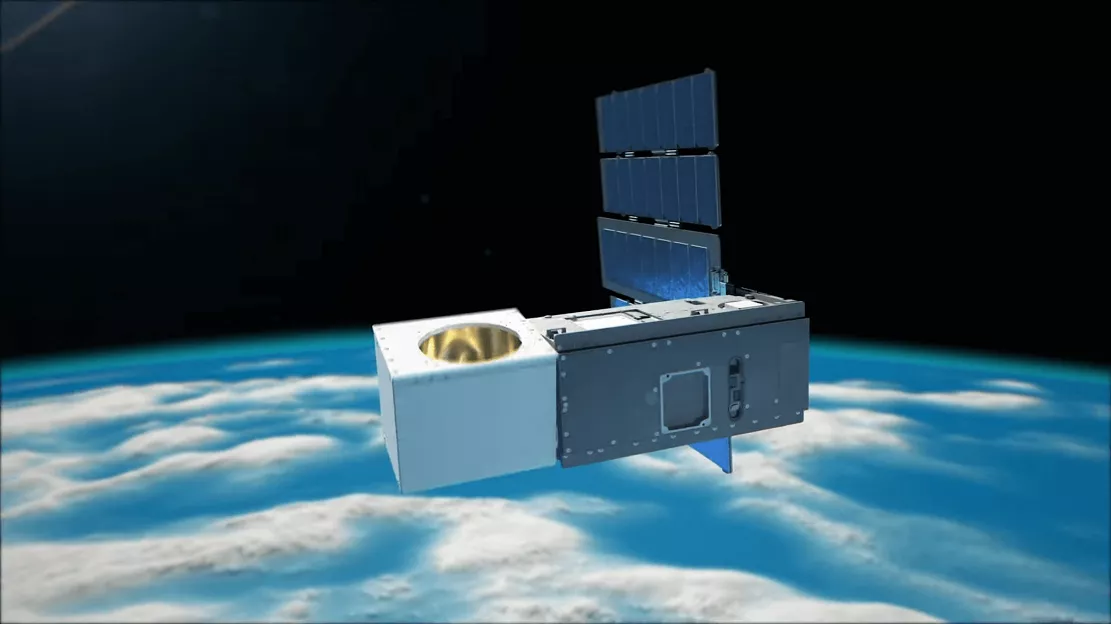NASA is ready to launch six more satellites into space. The first two are scheduled to launch sometime after June 12. These satellites are part of NASA's time-resolved observations (tropics) of precipitation structure and storm intensity using small satellite constellations. The six satellites will join tropics Pathfinder to study tropical cyclones.
NASA plans to conduct a total of three launches, with two later this year. If all three are successful, the space agency will have three new orbiters to cover global storms more frequently. This means that tropical cyclones can be studied more closely, which may lead to better prediction models.
"Tropics will provide us with a very frequent view of tropical cyclones," Scott Braun, a research meteorologist at NASA Goddard Space Flight Center, said in a statement Currently, meteorological satellites used by NASA and other agencies can only revisit storms once every four to six hours at most. This means that there are literally tropical storms that we have not recorded or observed.
It is reported that NASA will position each satellite in three slightly different low earth orbits. In addition, the agency will place each satellite at an angle of nearly 30 degrees above the equator. This should help maximize the time that one of the satellites passes through a part of the earth where it can study tropical cyclones. NASA said that ideally, one of the satellites would pass through an area at least once an hour.

At present, NASA is building a mission to study tropical cyclones, which is based on the concept proof Pathfinder CubeSat launched by NASA in 2021. Since the mission began last June, Pathfinder has captured images of several tropical cyclones.
Through the success of Pathfinder, the team behind tropics has been able to fine tune the software of the new satellite. In addition, they have been able to fine tune the operating procedures. This should enable them to start and run smoothly. Being able to do this easily will make it easier to expand the satellite constellation.
Finally, since Pathfinder has been in orbit for a year, the team has calibrated it. This means that they can use Pathfinder's data to quickly calibrate other tropics satellites. This should increase the speed at which the team can run the new cubesats so that they can study tropical cyclones.